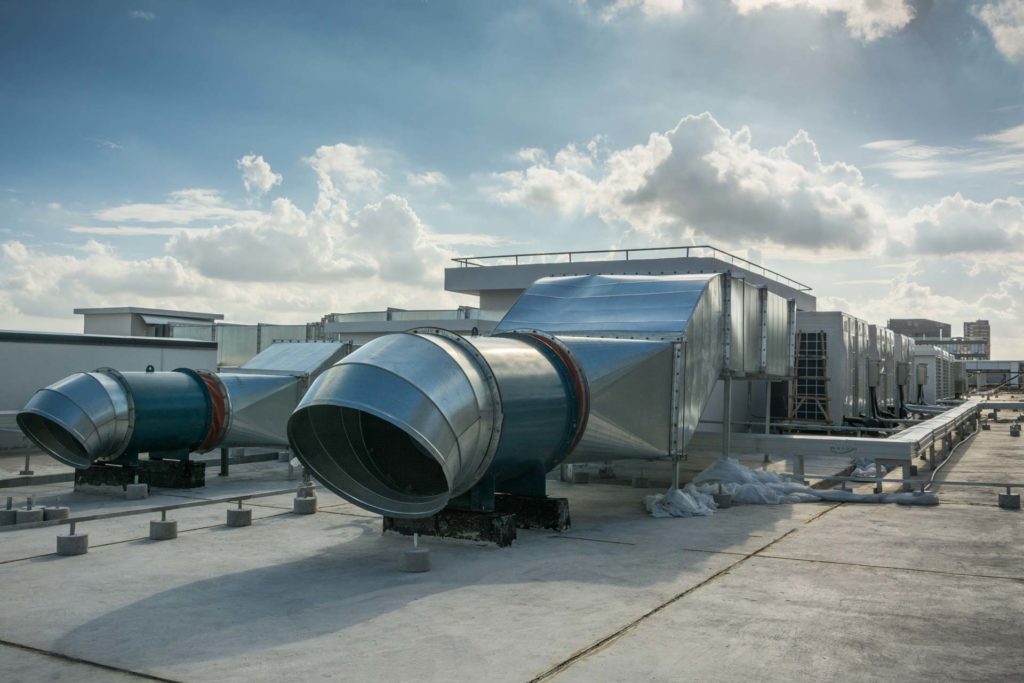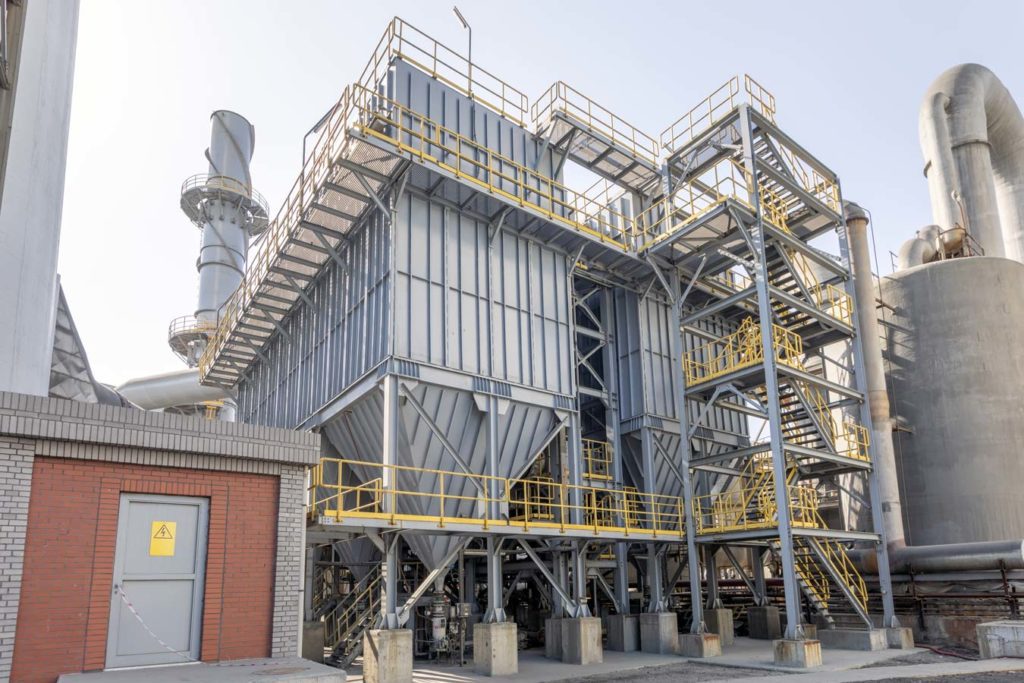Dust collectors require a dry environment. When an industrial plant is located in a humid climate, the atmosphere can affect the performance of the facilities’ dust collectors. Understanding how humidity and compressed air affect dust collectors can help you develop a maintenance strategy.
Effects of Humidity on Dust Collectors
When water is compressed in a system, it can raise internal temperatures and saturate moisture inside the dust collector. Humidity exposure can result in equipment malfunctions. Below are some factors that can negatively impact your dust collector’s health:
- Internal Temperature: If the internal temperature of compressed air is higher than needed, the heat can trap moisture in the system.
- External temperature: External temperatures can adversely affect dust collector performance. If a dust collector is located outdoors, the combination of heat and other natural humidity factors can result in moisture build-up at the dust collection sites.
- Debris: The type of debris moving through a dust collector can exacerbate humidity issues. If the raw materials contain moisture, this can have the same effect as excess humidity.
How to Fix Humidity Issues
While it’s difficult to completely avoid humidity, there are several maintenance practices that can be used to combat damage caused by moisture, including:
Installing Extra Protection Measures
Adding external systems, like pre-filter attachments, and other dust collector items, can minimize humidity exposure and prevent permanent damage. This method reduces dust build-up and supports the system’s overall efficiency. In addition, this method can support a clean air supply and promote a safe and healthy workplace.
Performing Routine Checks
Rust build-up and wet dust clumps are key indicators that humidity is affecting dust collector applications. Removing protective coverings to check for these issues can expose any humidity-related issues that require your attention.
Seal Openings and Damaged Spots
Humid air can infiltrate pipes and valves, resulting in bottlenecked systems that cause similar issues as dust and moisture build-up. If your dust collector has visible signs of damage, such as holes or cracks, fixing it with caulking or other airtight sealants can ensure that the framework remains dry and functional.
Effects of Compressed Air on Dust Collectors
Compressed air is needed to maintain a properly-functioning dust collector system. Also, compressed air can ensure blockages are kept at a minimum. Compressed air can extend the life and functionality of your dust collector system. If blockages and build-up are left untreated, this could result in:
- Wasted air: If compressed air is not accurately applied, it won’t reach the intended debris target. Improper use of compressed air could result in unnecessary energy costs and loss of resources. Most importantly, if compressed air is improperly applied, it can affect the longevity of your dust collection system and impact overall efficiencies.
- Excess moisture: Compressed air acts as a saturation agent for the internal materials when moisture is apparent. If moisture and dust mix, the airflow can become clogged due to dust clumps collecting in critical system channels.
If compressed air is misused or dust and moisture mixtures are left untreated, it could result in stress fractures along dust collection pipes. Bag-change disruptions could also impact operational capabilities and create regulatory issues for those who must maintain OSHA and EPA compliance. The good news is: There are additional steps you can take to minimize these risks.
How to Fix Compressed Air Issues
Compressed air supports the smooth transport of dust away from the delicate fibers of the filters. In addition to checking valves and pipes for leaks and blockages, these methods can help you monitor the dust collector’s airflow:
Dry the Compressed Air
Drying compressed air minimizes humidity and air concerns that may arise. An additional filter can alleviate any compressed air pressure that the dust collector is exposed to. These additional filters can trap debris and moisture before they reach the microfiber surface.
Maintain Optimal Pressure
Compressed air must produce the right pressure for industrial dust to flow through the collector properly. Check pressure gauges and confirm pressure levels are strong enough to support airflow.
Adjust Heat Levels
Compressed air must be at the proper temperature to prevent water from trapping dust and debris in critical areas. Cool air can cause hard lumps of dust that compressed air alone can’t remove. Maintaining proper temperature ranges supports the dust collector’s functionality.
Trust Baghouse America with Your Dust Collection Concerns
Baghouse America can design and implement the proper dust collector systems for your facilities. Contact our team about our dust collector design and maintenance services.

